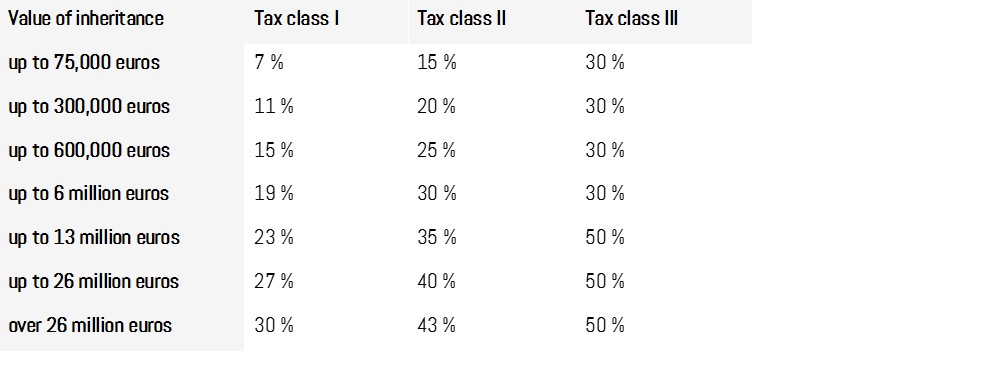
Introduction to Inheritance Tax
Inheritance Tax (IHT) is a legal duty payable on the estate of an individual who has died, representing a significant consideration for taxpayers in the UK. With increasing property values and complex financial portfolios, understanding IHT is crucial to effective estate planning. As of the 2023 Tax Year, estate owners and beneficiaries must grasp its implications not just for their own financial welfare, but also for intergenerational wealth transfer.
Current Rates and Thresholds
As it stands, the standard threshold for inheritance tax is £325,000 per individual. Estates valued below this amount are exempt from IHT. However, any amount above this threshold is taxed at a rate of 40%. There are additional allowances, such as the Residence Nil Rate Band, which can further increase the tax-free threshold for those passing on their family home. This additional band can currently add £175,000 to the threshold, provided certain conditions are met.
Key Exemptions and Reliefs
Several exemptions can significantly reduce the inheritance tax liability. Gifts made during a person’s lifetime, known as ‘potentially exempt transfers’, become exempt if the donor survives for seven years after the gift is made. Charitable donations are also fully exempt from IHT, which can incentivise giving while reducing tax burdens on estates. Other reliefs available include Business Property Relief, which can apply to certain business assets, making them exempt from IHT under specific circumstances.
Planning to Mitigate Inheritance Tax
Given the current landscape, individuals are increasingly engaging in inheritance tax planning to safeguard their wealth for future generations. Strategies may involve gifts, establishing trusts, or investing in certain assets that come with tax advantages. Engaging financial advisers to tailor specific strategies that align with personal financial situations is becoming standard practice, especially considering the potentially significant inheritance tax liabilities.
Conclusion and Forward Outlook
As we progress through 2023 and beyond, it is expected that more individuals will take an active interest in inheritance tax planning, especially given the economic uncertainties and increasing property values. The nuances of IHT laws can be overwhelming, but sensitive planning can mitigate its impact. Readers are encouraged to consult with financial advisers or legal professionals to develop effective strategies for managing inheritance tax and ensuring that their heirs receive the maximum benefit from their estates.
You may also like

The Impact of RB on Modern Banking

Understanding Loans: Impact and Importance in Today’s Economy
